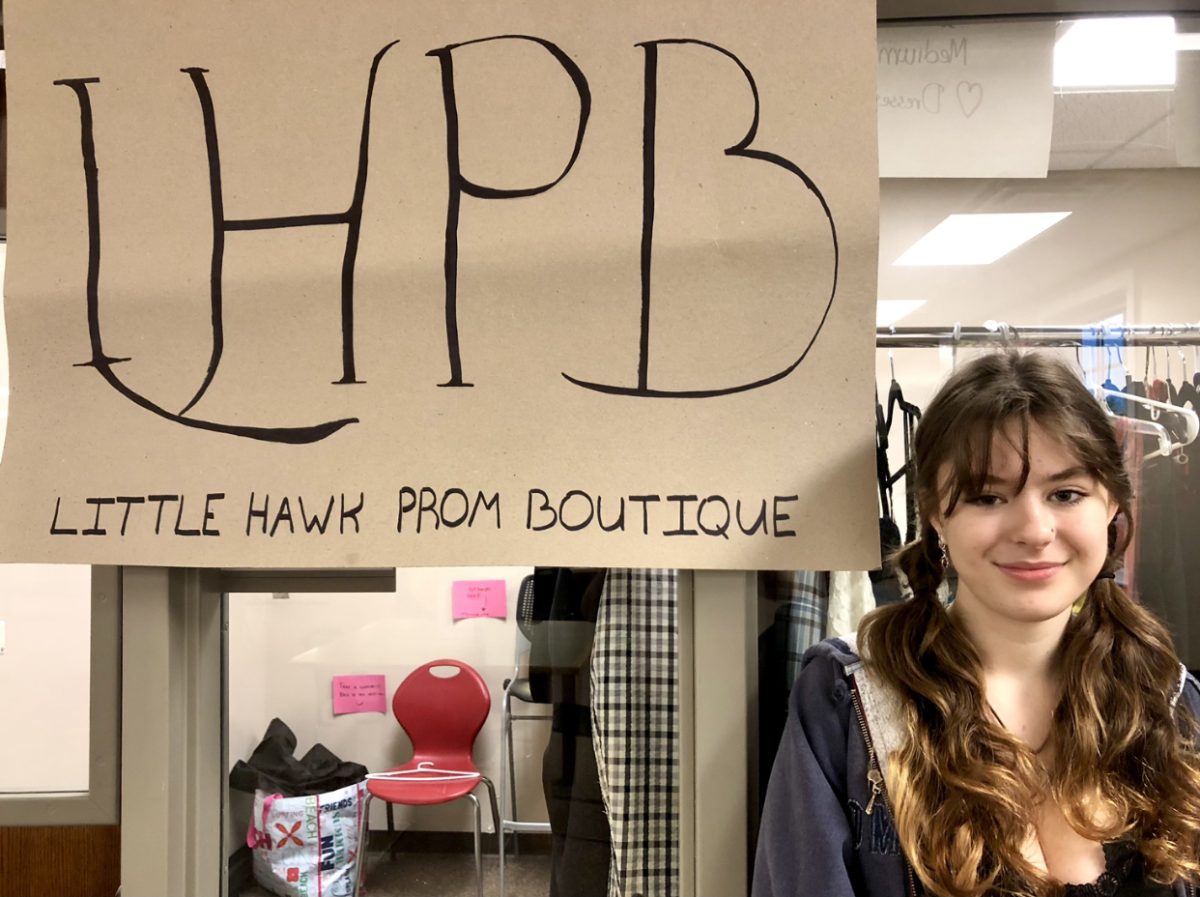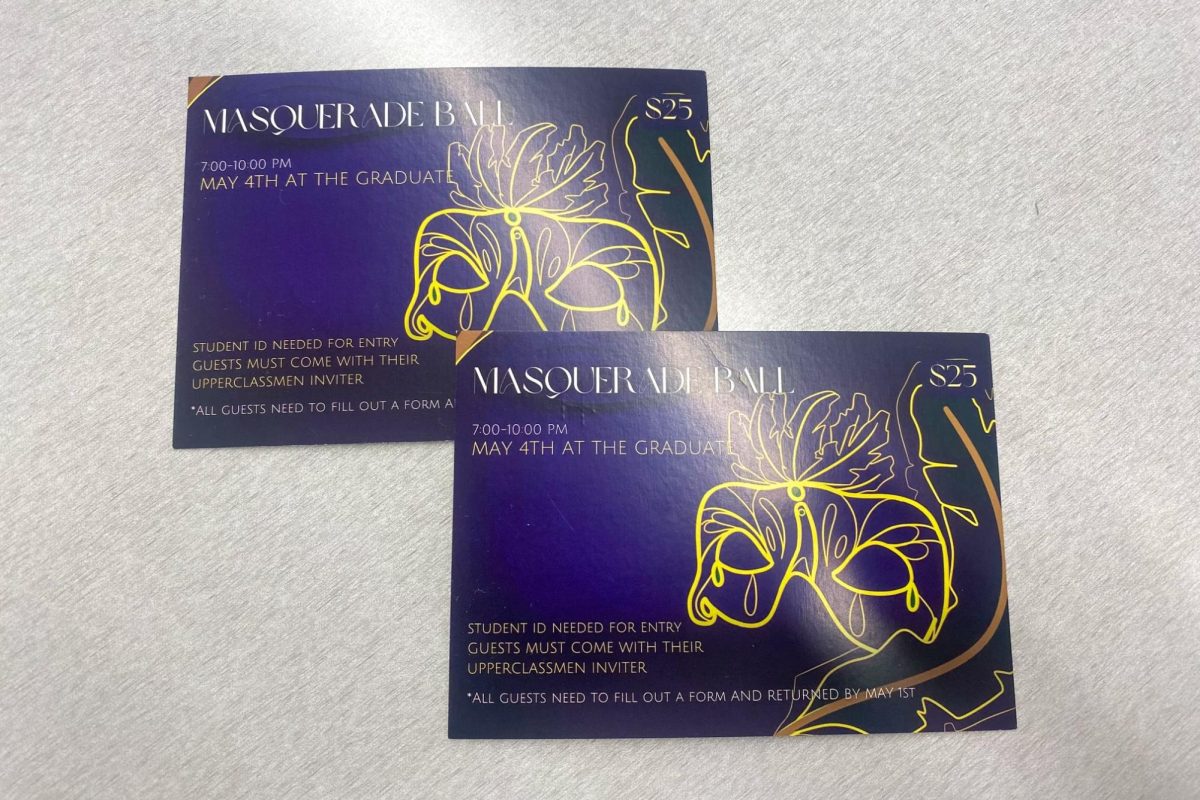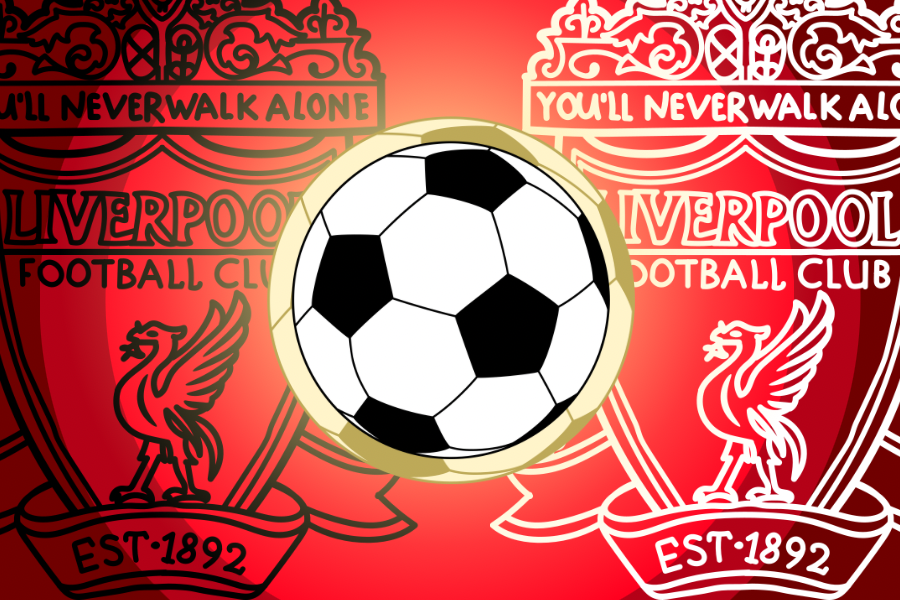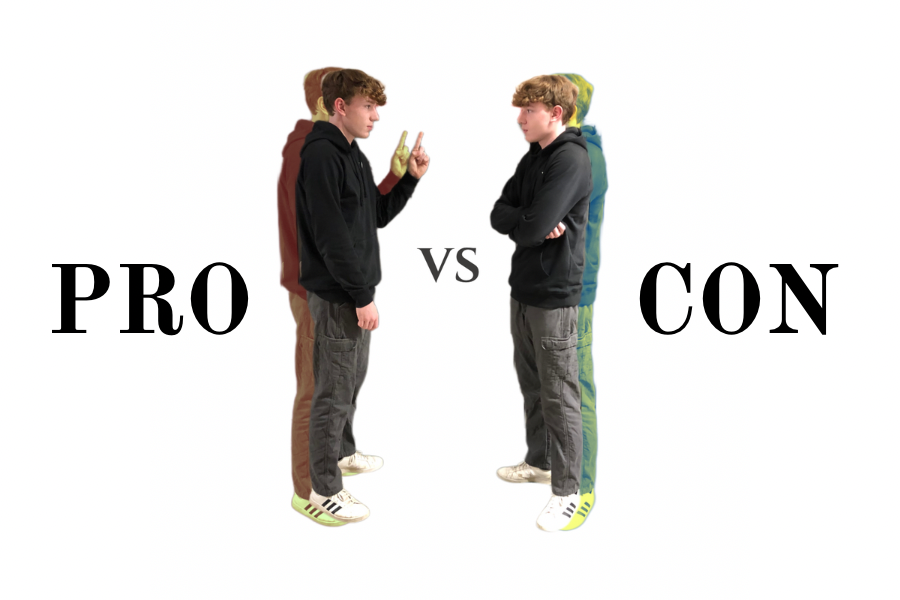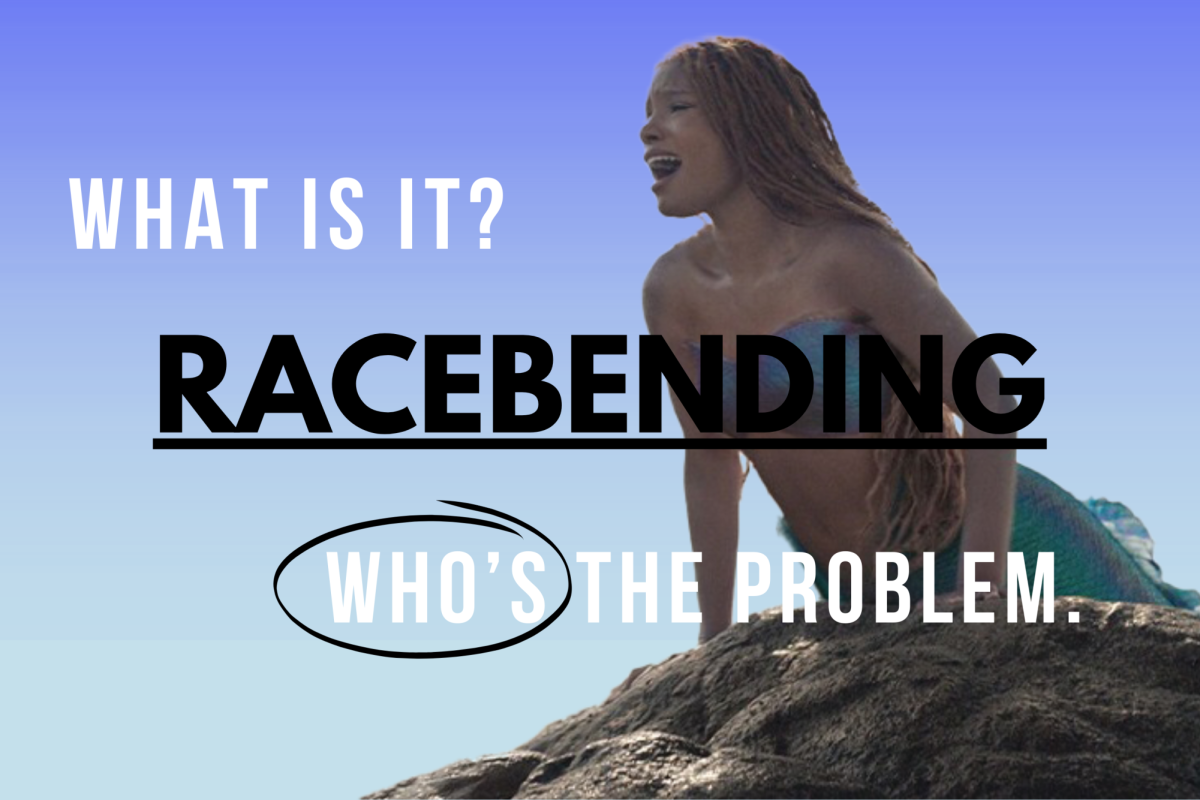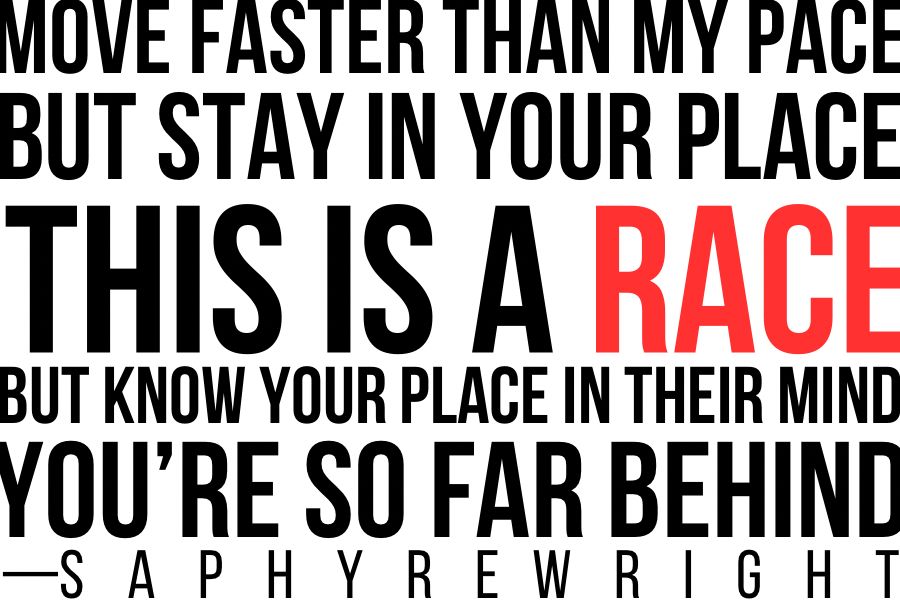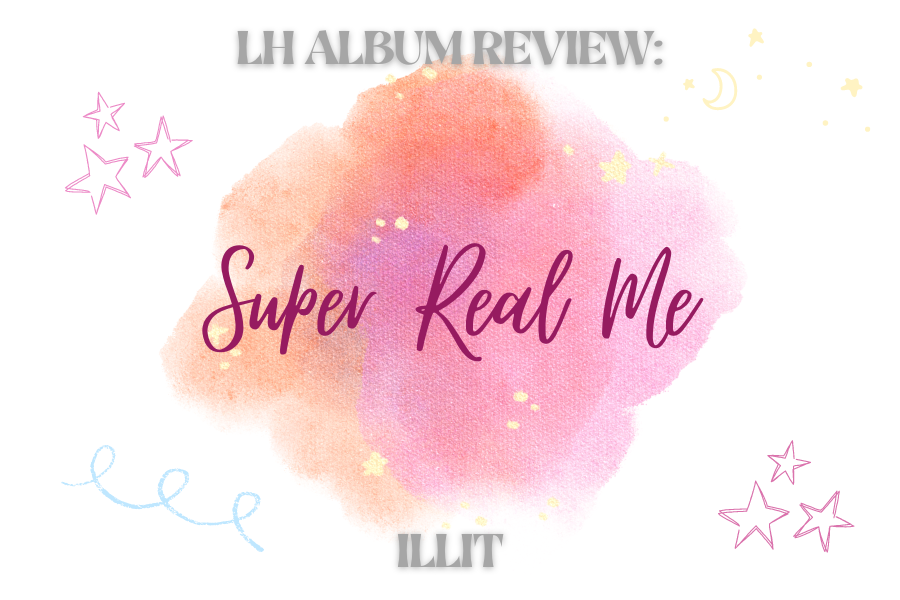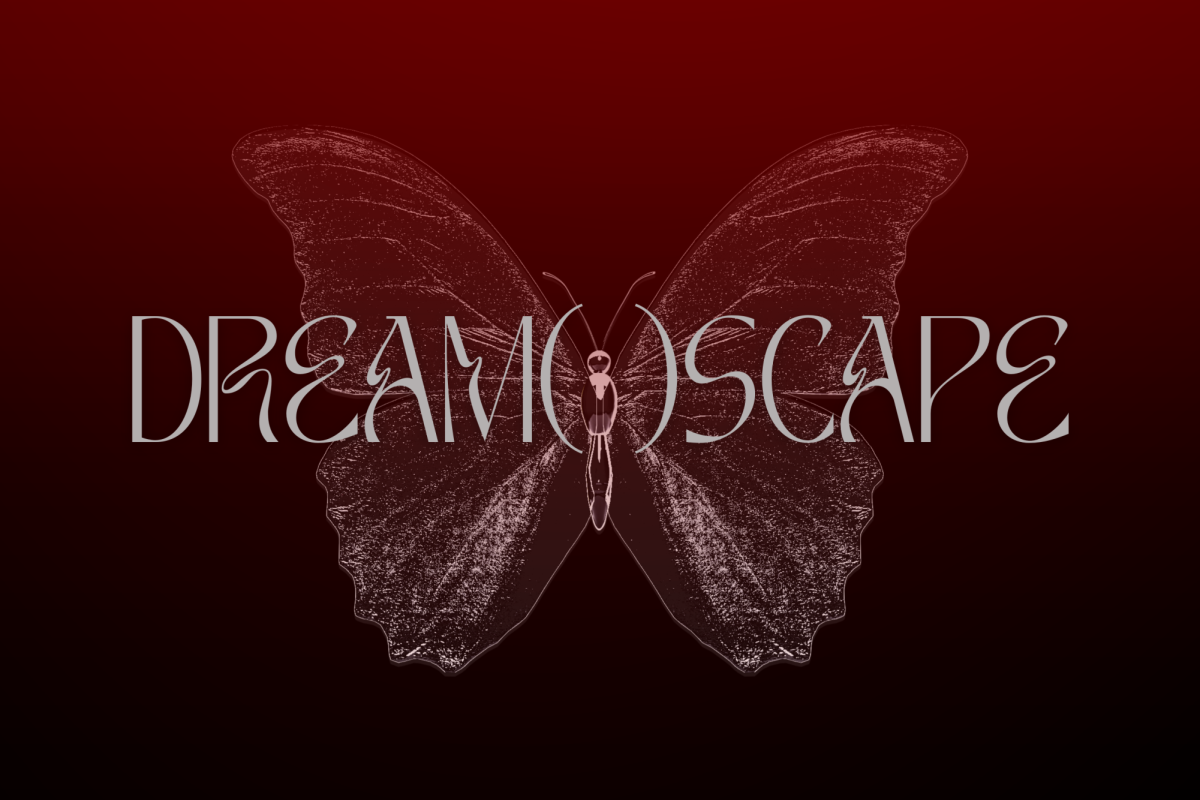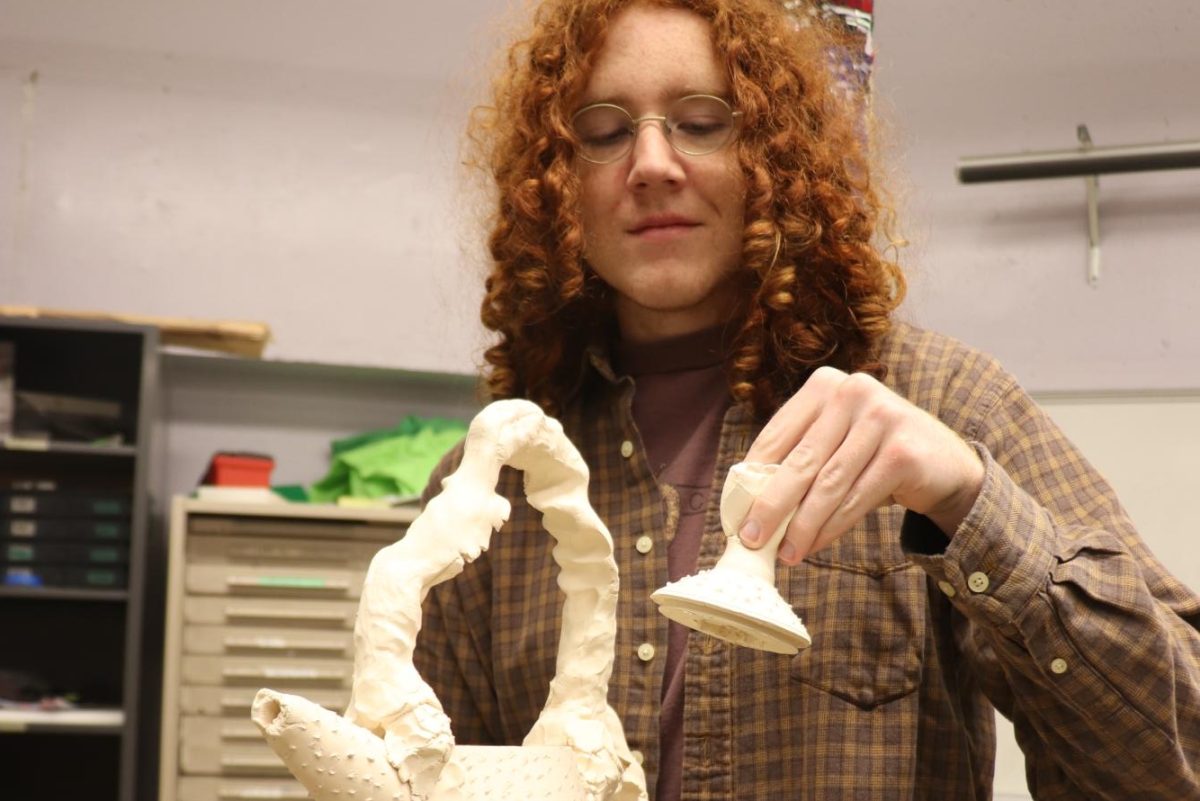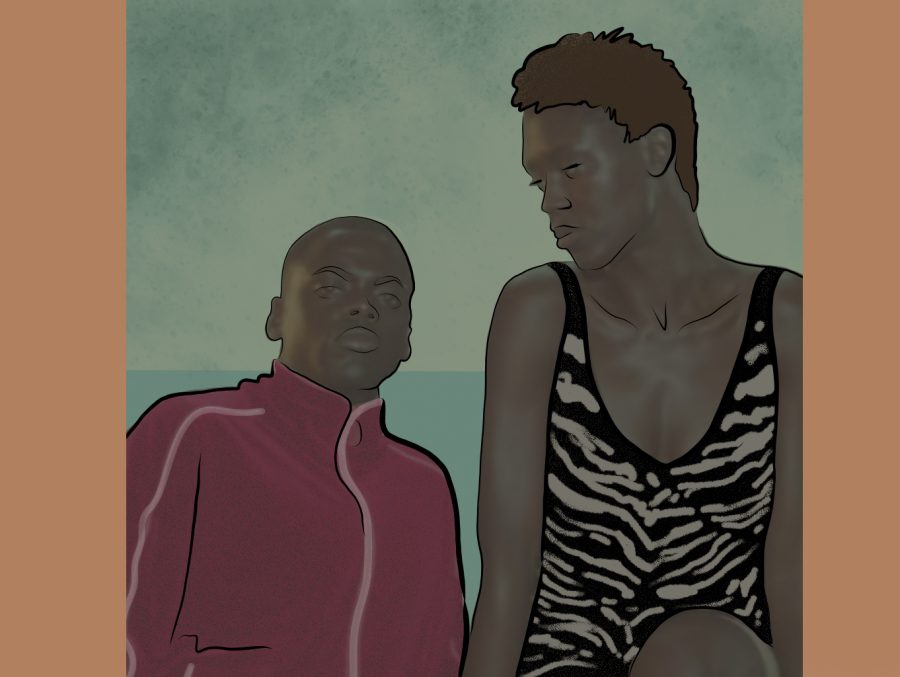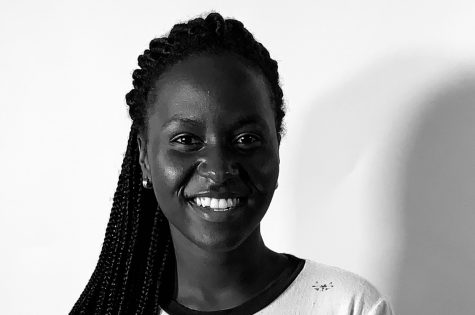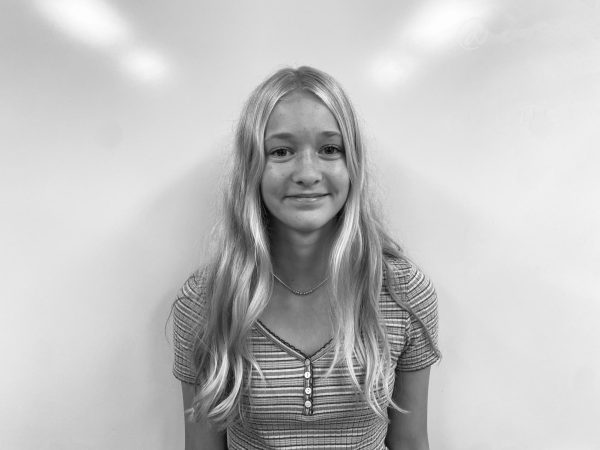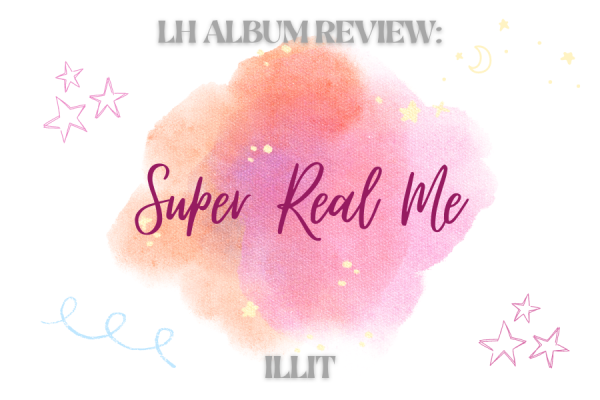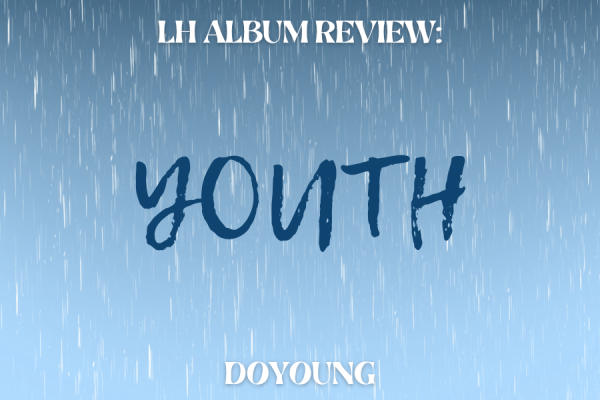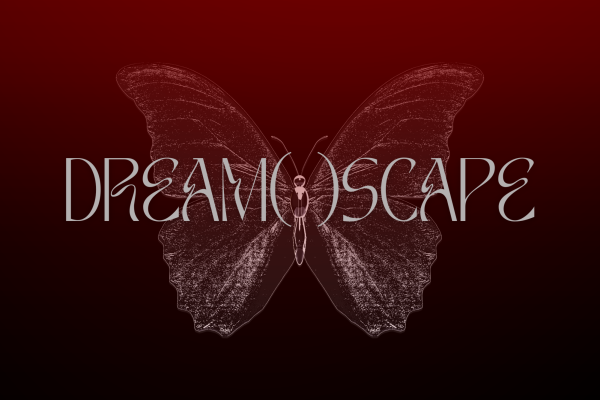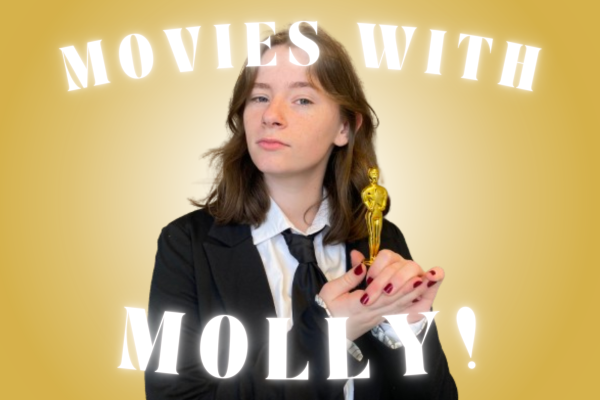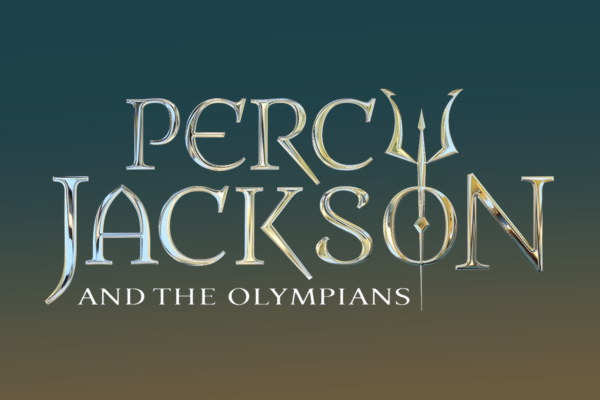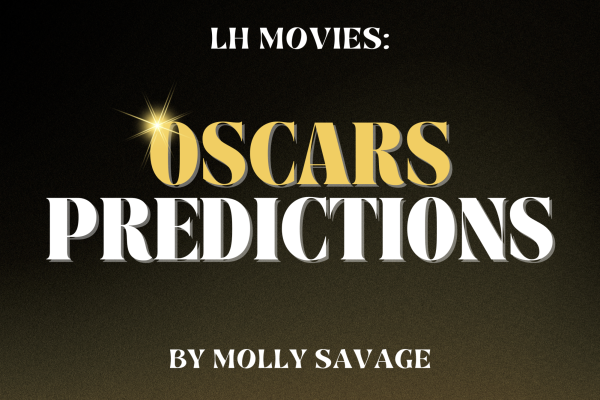Movie Review:Queen and Slim
A review of the the making of the movie “Queen and Slim.”
A drawing replication of a photograph of Queen and Slim.
December 20, 2019
“Queen and Slim” is a movie written by Emmy writer Lena Waithe and director for Beyonce’s “Lemonade” Malina Matsoukas. The film begins with an African American man, played by Ugandan-British actor Daniel Kaluuya, and woman, portrayed by British actor Jodie Turner-Smith, on a Tinder date that is not going very well. The two are not connected and there is not a trace of chemistry between them. While returning from the date the two encounter a racist, aggressive cop who attempts to kill Slim, but he ends up killing the officer instead in self-defense. They flee Ohio and go to Florida, attempting to escape to Cuba.
In the film, the names Queen and Slim are not revealed until the end of the film when an article is published about them, an intentional choice Waithe made. In an interview with Melena Ryzik, culture reporter for the New York Times, Waithe explained, “I wouldn’t know Emmett Till’s name, I wouldn’t know Mike Brown’s name, I wouldn’t know Trayvon Martin’s name, Sandra Bland’s name, Eric Garner’s name if they hadn’t been killed. You don’t know black people’s names until someone kills them.” The film displays the constant fear and “trauma” that Black people live in in America. “Queen and Slim” focuses on the examination of Black love and how that can be used to combat persecution. Through all the chaos that surrounds them, they find tranquility and peace in each other.
In numerous press interviews for the film, Waithe constantly states that her objective in writing “Queen and Slim” was to humanize black people, a theme that can be detected throughout the movie. In the beginning, when Slim has just shot the officer, he says nervously, “I am not a criminal—I just want to go home and see my family.” That line causes the audience or even America to have empathy for Slim and to recognize his humanity. On “The Late Show with Stephen Colbert” Waithe describes “Queen and Slim” as protest art, defining it as “any art that reflects the times. That can be funny. I think ‘Atlanta’ is protest art, I think ‘Insecure’ is protest art, just like ‘Queen and Slim’ is. It is showing us in a very authentic way and humanizing us.” Waithe also continued to express that she hopes her film “Queen and Slim” will humanize black people to the American public and help put an end to police brutality.
Throughout social media and even the film, the couple has been compared to Bonnie and Clyde—an association that is inaccurate because “Queen and Slim are lovers. They have been forced on the run. They are not criminals,” Matsoukas said. “They are on the run for existing,” continued Kaluuya. “Queen and Slim” was created to spark conversation about the relationship between the black community and the police, and to depict black people in a light that shows their humanity and celebrates them.
“We wanted it to be a celebration of blackness, to honor our people, to honor our ancestors and those who have lost their lives to police brutality,” Matsoukas said.



